Tom Rinaldi: The Maestro
By Ruby Risch
NAPA VALLEY, Calif. — In early October I drove from Los Angeles to Napa to visit my family. I had graduated from USC back in May and was still wallowing in the perpetual pit of “the job hunt.” I had time on my hands to go home and enjoy being away from the seemingly endless LA bustle. The leaves had already started to change colors and become crunchy on the sidewalks, and the warm temperatures quickly turned crisp as the sun sank below the Mayacamas.
Autumn in the Napa Valley means a new harvest season, and as I drove into town, I could smell it: wine. The heady, earthy smell of fermentation is the sensory signature of harvest season. This funky, layered scent is the invisible promise of the fruits of winemaking. For many, wine is an acquired taste, something bitter or sour that takes getting used to. For others it is a luxury to be savored and enjoyed. What happens in between? What turns this beverage from an acquired taste into something to be relished?
Having had the privilege of growing up in the valley, I’ve learned that a great wine is nothing less than a nurtured symphony of grapes and time, one that is carefully crafted to impart its journey of aroma and flavor. But the fruit cannot do it alone. Behind every great orchestra there is a seasoned conductor who understands harmony, and with more than 49 vintages under his belt, Tom Rinaldi, currently the head winemaker of Patent Wines in Napa Valley, has earned the title “maestro.” The redolence that welcomed me home imbued me with a question that I knew Rinaldi could answer, so I decided to talk with him about his approach and aptitude for bringing a wine “from vine to glass,” from a thing to be scorned to a drink to be enjoyed.
"I’ve met a lot of unhappy doctors, but I’ve met a lot of happy winemakers.” – Tom Rinaldi on the joy of crafting wine
My father, Eric, who has worked with Rinaldi in the wine industry for more than a decade, first introduced us. I was 12 years old then and had accompanied my dad to the cellars during blending. Rinaldi, who found the term “bungholes” to be amusing, placed me, an incurably shy tween, in charge of plugging them as they went along tasting various barrels.
My first impression was of a slender, bearded gentleman whose Hawaiian shirts and cargo shorts exuded an easygoing manner. But I’ve since learned that beyond this facade of nonchalance lies a much more complex person. It is evident that Rinaldi harbors a deep appreciation for wine, but above all he is a storyteller. His narrative unfolds from the heart of San Francisco, where he was raised. His mother, originally from Sicily, met and married his father in Brooklyn, New York. They soon moved to San Francisco, delighted that their path aligned with that of the Giants baseball team.
After graduating from St. Ignatius High School, Rinaldi enlisted in the Navy at the age of 17. Following two years of rigorous avionics training, he went to Vietnam, where he witnessed the unforgiving extremes of warfare. With the war’s conclusion, he returned to California, eager to apply his G.I. Bill to studies at UC Davis.
Rinaldi initially planned to pursue a career in veterinary medicine, but he shared a memorable insight into what altered his path: “I’ve met a lot of unhappy doctors, but I’ve met a lot of happy winemakers,” he said. This revelation led him to explore brewing at UC Davis. During a sensory tasting, however, his professors recognized his exceptional palate, which guided him toward the viticulture and enology track.
“Beer is predictable, if you’re working for a brewery; you can’t really deviate in taste there,” he said, reflecting on his shift from brewing to winemaking. “Wine is dynamic. It uses sensory perceptions to craft something new each year, and the terroir and climate of Napa Valley is unmatched really. You can have the same cabernet grape growing on the top of the hill as you do down in the valley, and they will yield entirely different personalities. That’s the excitement.”
Following graduation from college, Rinaldi was hired to work in the lab and cellars of Freemark Abbey; then in 1978, he became the founding winemaker at Duckhorn Vineyards, a pivotal moment in the rise of one of North America’s most esteemed Napa Valley wine producers. Napa is not only where Rinaldi’s expertise began, but where his passion for winemaking endures.
“Napa Valley is like an artist’s palette,” he said, “but instead of working with colors, we work with the different characteristics exhibited in the valley to craft something unique with each season’s offerings.”
If Rinaldi’s passion for winemaking is his “Yin,” however, his appetite for cycling is his “Yang.” In his spare time, he rides his bicycle up and down the valley, and if time allows, he ships his bicycle to ideal cycling destinations such as Turkey. His extensive traveling has also given him the opportunity to consult for winemaking endeavors around the world, speaking at seminars and wine workshops and bringing the beating heart of Napa Valley to places like Russia and China. Beyond his overseas ventures, he also serves on the board of directors at Ambassador Wines in Washington. He loves to talk about wine.
A longtime resident of St. Helena, Rinaldi married his wife, Beverly, in 1981. Until her passing in August, they shared 43 years together, raising a daughter, Angelina, and delighting in their six grandchildren and two dogs. Rinaldi remains an active member of the community, playing bocce ball in the Crane Park league and writing weekly harvest reports for the St. Helena Star during each harvest season. This enables him to blend his love for both winemaking and storytelling, and it is this fusion of community, storytelling and craftmanship that define his distinct approach to winemaking.
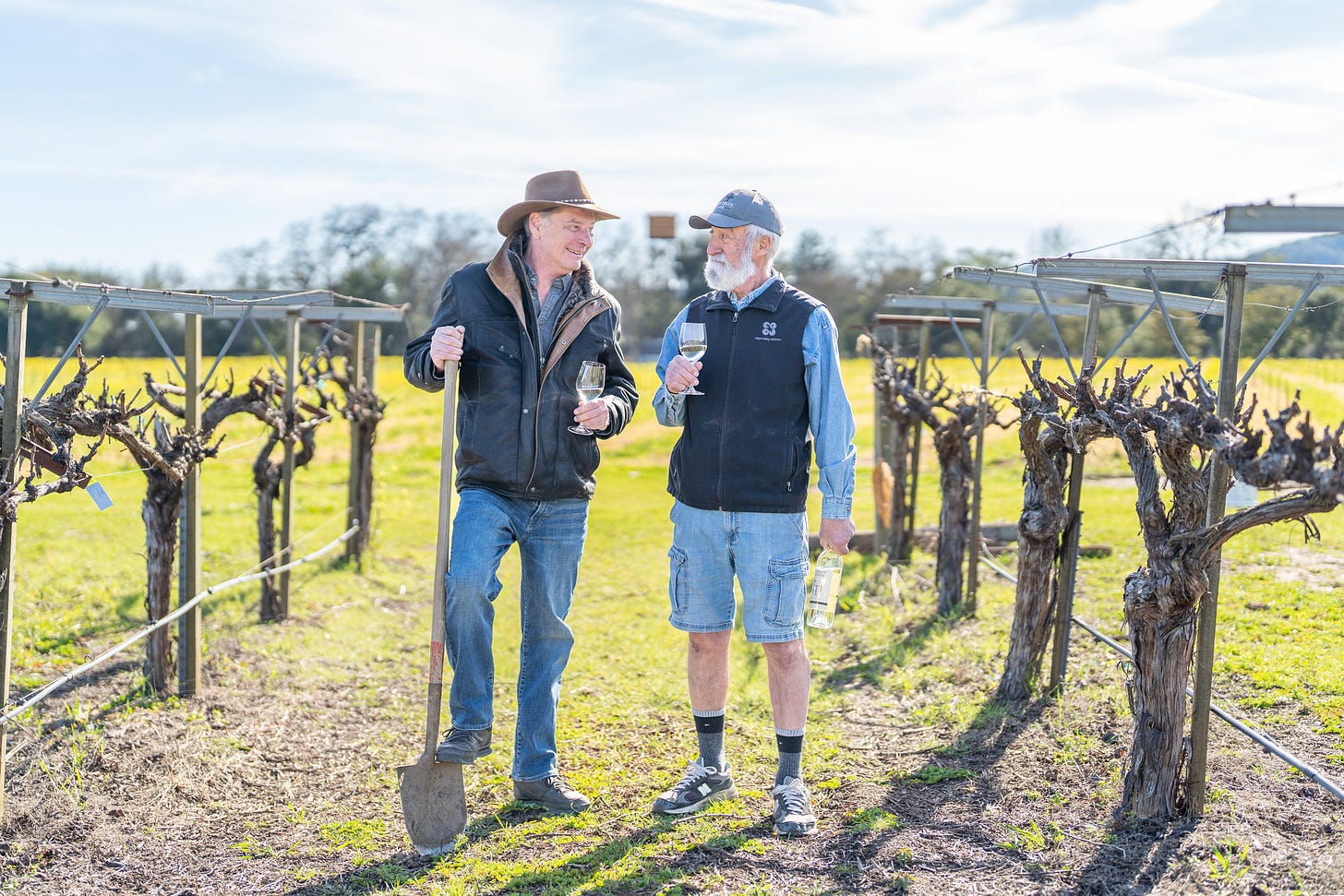
While I tend to view him as a flower child turned deputy to Mother Nature, it is obvious how seriously he takes his work. Rinaldi has been where the buck stops in local winemaking for decades. He conducts every aspect of the winemaking process at Patent — from selecting harvest dates, making picking decisions and barrel selection to aging timelines and blending. Synthesizing traditional French techniques with premium fruit, he maintains that he has never made the same wine twice and has no intention to duplicate a vintage.
“Wines have seasons,” he said, “and the varying soil and climate conditions of the vineyards produce a unique personality each year.” The only replication he pursues is the production of a great-tasting wine.
"Wine is dynamic. It uses sensory perceptions to craft something new each year, and the terroir and climate of Napa Valley is unmatched.” – Tom Rinaldi on the art of winemaking
There is so much more that goes into a wine than simply the grape varietal, he said. He regards grape-sourcing as “Anger management: how we can get a source of grapes that just are so mean and how we’re able to, with nature, soften the tannins and make the wines more presentable.” His mission, he said, is to bring out the very best of a vivacious personality. While they are still on the vine, he regularly tests the clusters of grapes for their acidity and sugar levels, which helps to determine the optimal harvest date. Once the grapes have been picked, sorted and tumbled through the sorting table, the fruit is funneled into a destemmer before crushing. Here, at fermentation, is where the magic starts to happen.
But before he dove into a discussion of the metabolic processes, Rinaldi emphasized the importance of barrel selection.
“The purpose of the barrel is to impart qualities into the wine via transfer,” he said. “Using a particular wood with unique characteristics can have great impact on the flavor of the wine.” Currently, his winery exclusively uses extra-aged, tight-grain French oak, which means that the wood is drier. Along with imparting flavor, these conditions also soften the wine as there is a “more even transpiration of oxygen throughout the barrel, more control, because there are about a million touchpoints for the wine to help control the tannins.”
He also uses barrels that are both “seasoned” and “toasted.” A seasoned barrel means that it has previously been used to age wine. With each use, the wood of the barrel absorbs the characteristics of the wine, and by reusing the barrel, the wine gets infused with the subtle nuance of previous flavor profiles. Toasting a wine barrel involves a controlled heating process where the barrel is exposed to an open flame. The degree to which the barrel is toasted influences not only the wine’s taste and aroma during the aging process, but it also enhances the overall complexity and richness of the wine. When a wine aficionado sticks his or her nose into the bowl of a wineglass, sniffs deeply and confidently states, “I’m getting hints of vanilla” or “notes of cherry,” they are in part referring to what the barrel has done for the wine.
Then comes the “divine intervention” step, when Rinaldi turns the fruit into wine. During fermentation, yeast is added, which converts the sugars in the grapes to alcohol. The higher the sugar levels, the higher the alcohol content of the wine; the longer the wine ages, the drier it becomes. During this process, a liter of liquid is lost per month due to the evaporation in oxygen transfer. He calls this “the angels’ share.”
Right before the wine gets bottled, some two years down the road, Rinaldi begins blending. He walks about the cellars sampling various barrels to assess the flavor and rating the progression and potential. He is a bona fide “super sniffer.” His nose can grasp onto notes that are harmonious, and he uses his superior senses to blend wine varietals (such as cabernet with merlot) from varying regions, conditions and vintages to craft a composite that surpasses what any single varietal would produce individually. The bottling, labeling and corking of the wine is the final step. From here, Rinaldi’s creation can be aged, opened and enjoyed, paired with food or served as a stand-alone libation.
Being a Napa native, I’ve found that only by leaving the valley and returning after a prolonged period can you truly appreciate it as a place. The scent of this October’s harvest was a reminder and an invitation to explore more deeply a world that has been so ingrained in my life. Growing up, I worked the sorting line during each harvest season with my dad, yet my thoughts rarely went beyond “stem, grape, leaf.”
As I listened to Rinaldi, it struck me that wine is a taste worth acquiring. It is an invitation to celebrate the richness of the world and the history of the land imparted into each bottle, a history that Rinaldi preserves with his deep respect for the natural rhythms that guide his work. Many have said that winemaking is as much an art as it is a science, though Rinaldi’s quirky dedication for this delicate process makes one thing clear: While he understands the science behind vinification, his craft and technique, driven by intuition and creativity, resembles that of an artist much more than a technician. It is this eccentricity that mirrors the very essence of Napa Valley, a region rich in character and soul, where patience and passion are woven into the terrain.
If today’s story captured your interest, explore these related articles:
Sunday E-dition: New 'Tor Report' + The Broken Toe Chronicles
Sunday E-dition: Isn't It Romantic? Inside Steve Sando's Kingdom of Beans
Sunday E-dition: Rediscovering Quince, California's Forgotten Fall Fruit
Explore all Napa Valley Features stories on our main page.
Ruby Risch is a Napa Valley native and USC graduate.
Levity Corner
Caption contest: Pick your favorite caption or add your own in the comments below.
Possible captions:
"And if you look closely, you’ll see it’s actually a coat rack."
"Remember, it’s not about understanding it — it’s about pretending you do."
"The key to modern art is nodding thoughtfully while stroking your chin."
"And here we see the artist’s bold rejection of traditional craftsmanship."
"It’s titled ‘Untitled,’ which, ironically, is quite a bold statement."
Last week’s contest results
In “Sunday E-dition: New 'Tor Report' + The Broken Toe Chronicle,” the winning caption was, "History isn’t written by the big; it’s told by the bold,” with 29% of the votes.
"And then I said to the cat, 'Make my day.'"
"You don’t need to be big to cast a big shadow."
"History isn’t written by the big; it’s told by the bold."
"The sword is heavy, but so is my resolve."
"You can take my cheese, but you’ll never take my freedom!"
Last Week
Cindy Watter explored the benefits of cultivating native plants in her article, “The Many Reasons for Growing Native Plants.” Highlighting Doug Tallamy’s book, “Bringing Nature Home,” she described how native plants support biodiversity by sustaining insects, which in turn benefit birds and other wildlife. Watter shared examples of invasive species’ destructive impact and stressed the environmental advantages of replacing traditional lawns with native gardens. She also praised Tallamy’s accessible writing style and the book’s practical guidance for environmentally friendly gardening practices.
Kathleen Scavone delved into the ecological significance of mushrooms in her article, “Mycological Musings.” She explained the role of fungi in ecosystems, from soil health and decomposition to forming the underground “wood wide web.” Highlighting species found in Napa Valley, including the California golden chanterelle, Scavone also touched on Indigenous ethnomycology and innovative uses like pollution cleanup with oyster mushroom mycelium. She advised caution when foraging and recommended resources for safe exploration of mushrooms’ fascinating world.
In his piece, “Overpriced Wine: Who’s to Blame?” Dan Berger critiqued the inflated prices and declining quality of American table wines, contrasting them with affordable European options. Berger highlighted systemic issues, such as outdated pricing practices, reduced wine education efforts and the preference for high-alcohol, low-acidity wines ill-suited for food pairing. He noted that these factors discourage wine consumption and dining out in the U.S. He also suggested reforms, like lower corkage fees on slower nights, to improve accessibility and appeal.
Tim Carl examined the health implications of alcohol consumption in “Alcohol Is a Well Established, Preventable Preventable Cause of Cancer,” focusing on a recent advisory by U.S. Surgeon General Dr. Vivek Murthy that highlights alcohol’s role in cancer and other preventable health risks. Carl explored the polarized responses within the wine and alcohol industries, which face criticism for downplaying risks while promoting moderate consumption’s potential cardiovascular benefits. He emphasized the need for data-driven discussions about alcohol’s health impacts and cautioned against the industry’s adopting defensive stances that might alienate consumers.
Next Week
Next week we have more engaging articles from Napa Valley Features contributors. The UC Master Gardeners of Napa County will offer tips for “Green Wednesday,” while Dan Berger highlights his latest Napa Valley wine pick plus a two-part series on the current challenges in the wine industry in "Vinous Cataclysm." Tim Carl will examine free pest-control services available across Napa County, and Tony Poer will delve into Chimney Rock Winery’s focus on sauvignon gris, and we’ll hear again from Tor Kenward on the upcoming weather forecast. The team at Mentis will also share mental health strategies, with even more coverage included.


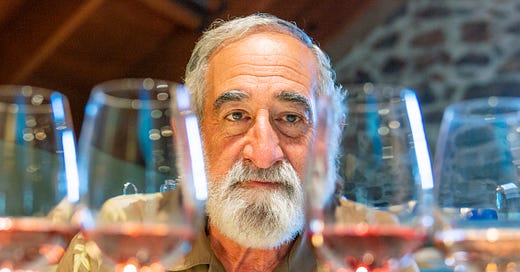



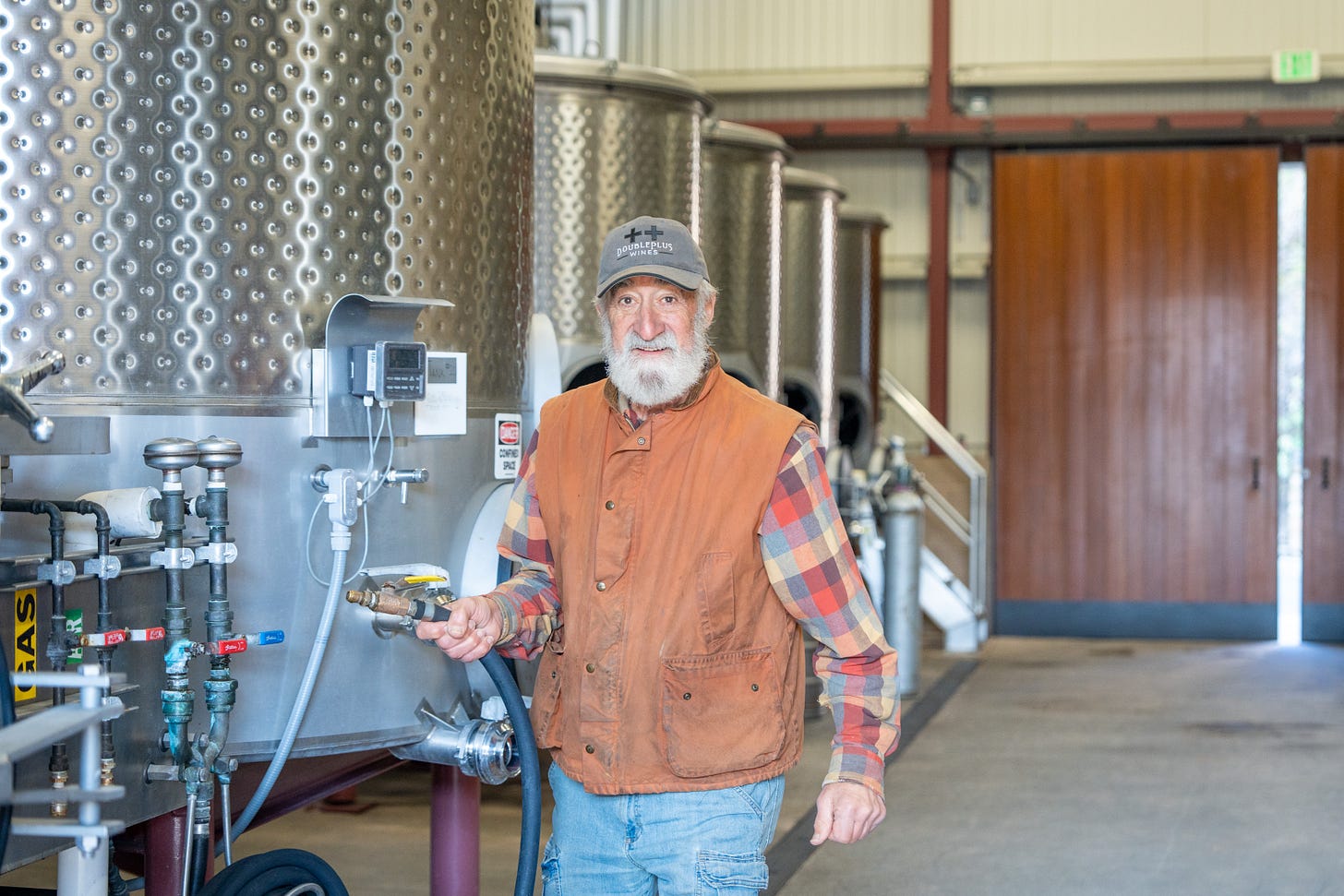
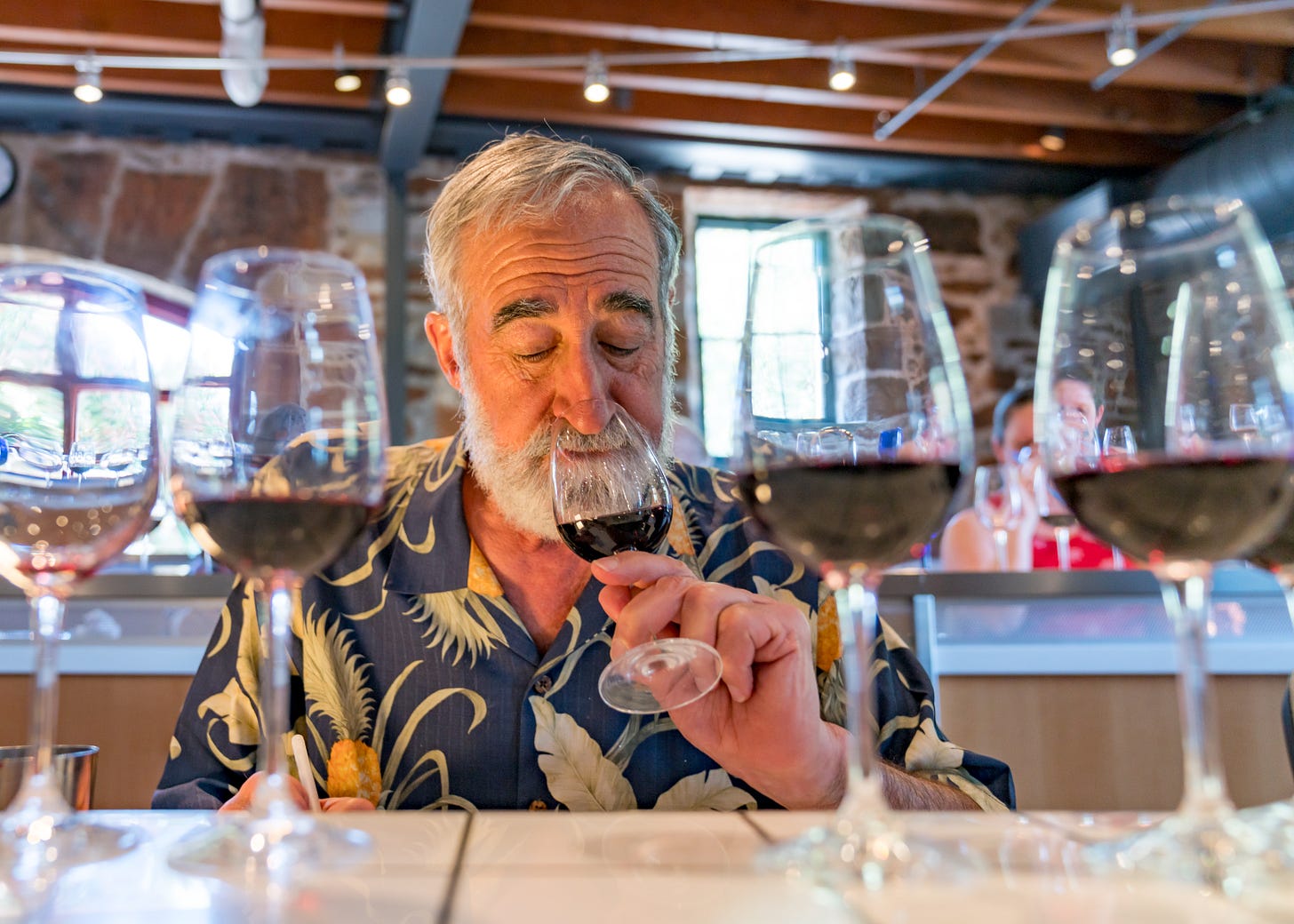
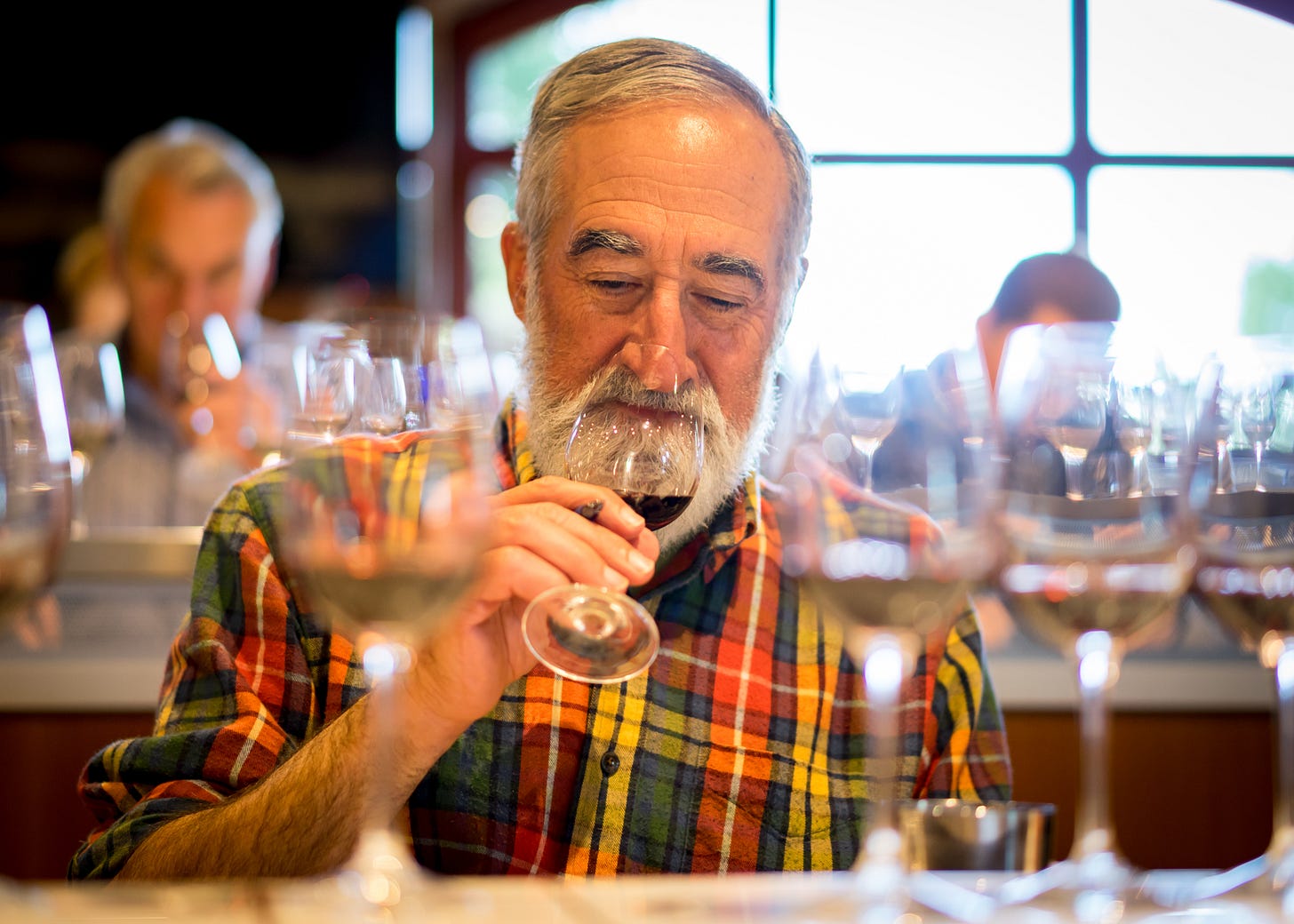
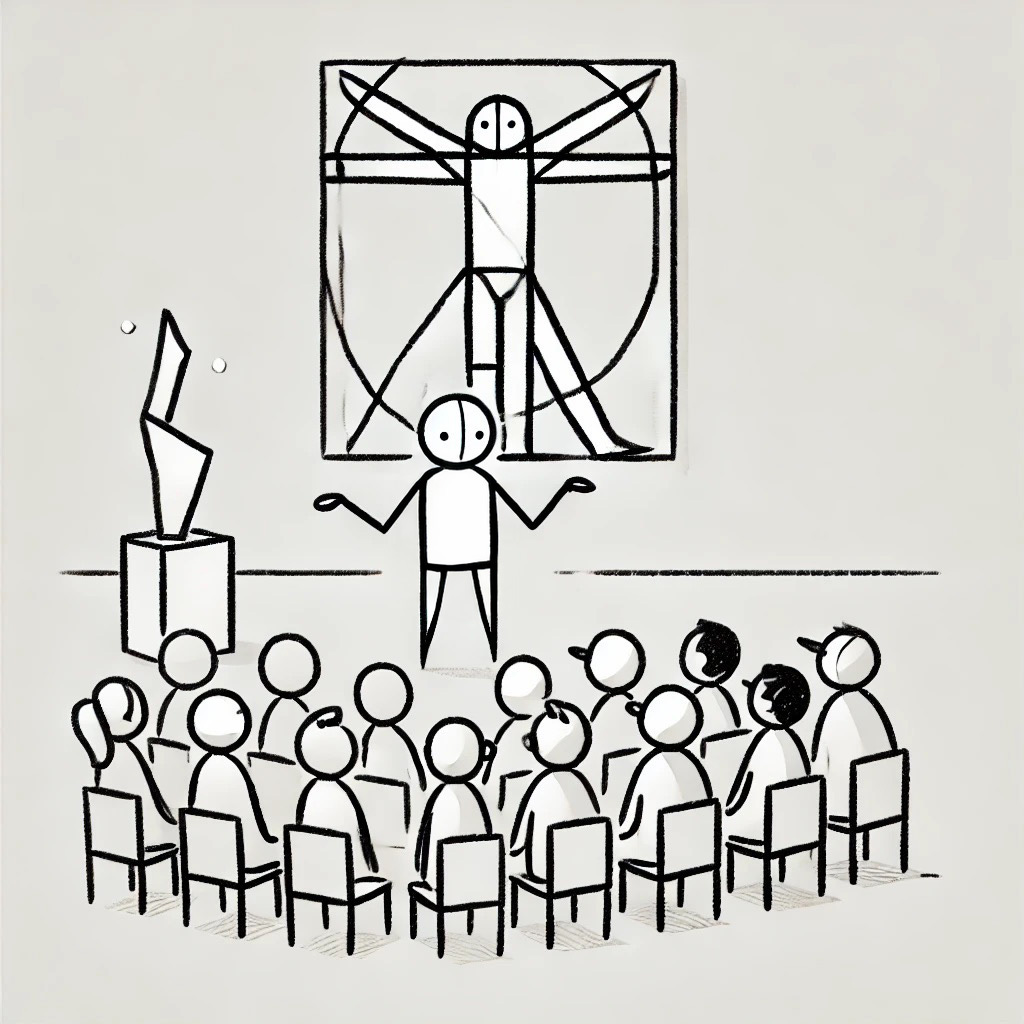


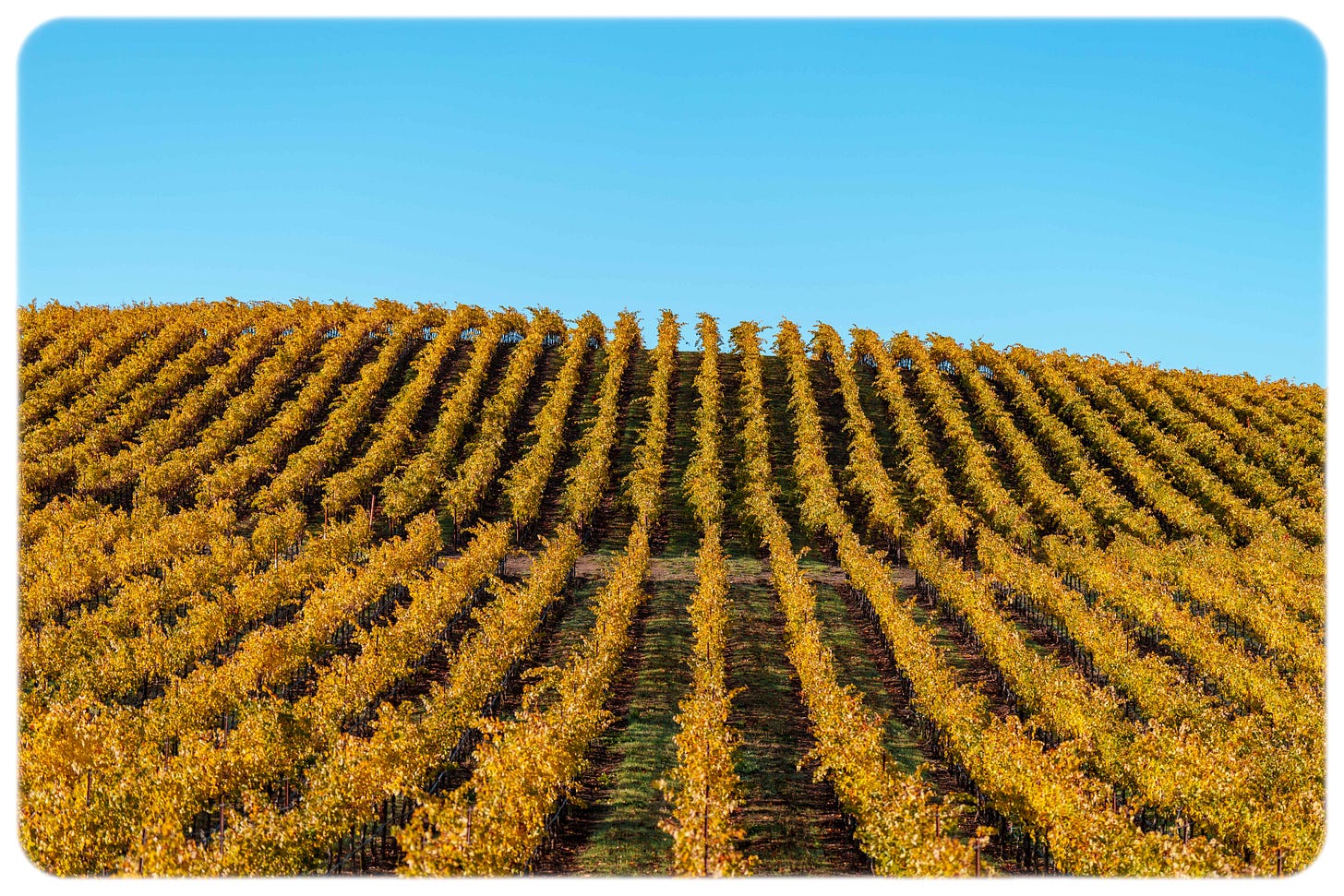
Terrific story about the incomparable Tom Rinaldi but also defying the old adage that ‘you can’t go home again’! Thank you for the thoughtful read, Ruby.
Fine story, revealing much about Tom. I often see him at the St. Helena post office…Now I know more about the talents behind the man…Thank you!